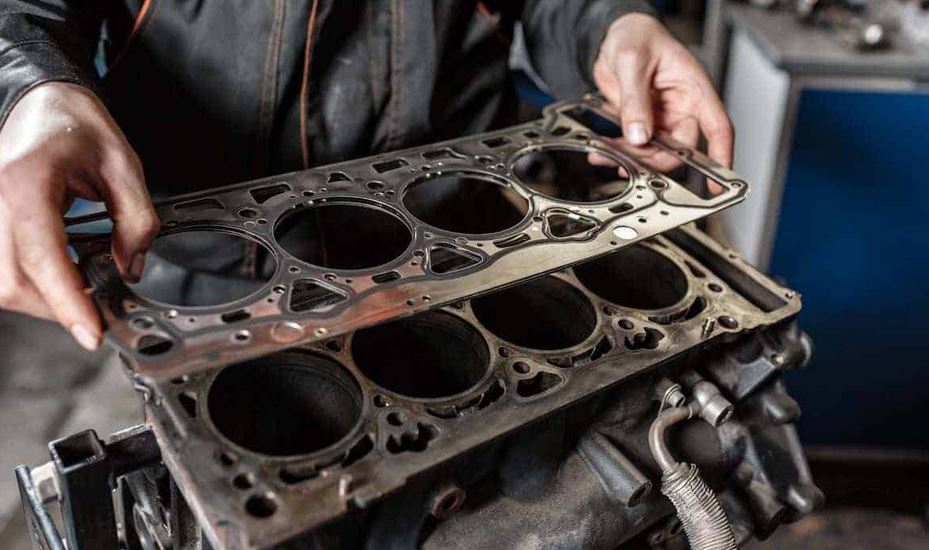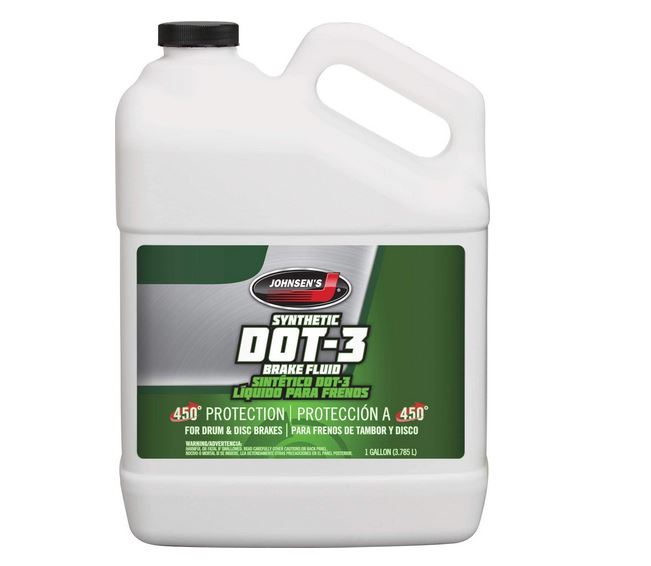Last updated on January 13th, 2023 at 08:35 pm
The brake system in your car must be maintained for your vehicle to be safe. Brake fluid aids in transmitting pressure from the driver’s foot to the brake pedal, allowing the vehicle to come to a complete stop. It needs to keep its levels full and in good shape. The brakes will not assist you in stopping the vehicle if there is a lack of fluid or if the liquid is in poor condition. Related Where can I Buy DOT 3 Brake Fluid
Can brake fluid be disposed of with oil?
It is impossible to reuse or recycle contaminated brake fluid and motor oil. It may get rid of your brake fluid, and it’s not reprocessed and thus should be disposed of at a toxic waste treatment center. You might want to also read this post on the Percentage you should change your car oil?
To get rid of the materials, you don’t need to mix them. It is possible to recycle them separately in one trip, but not together.
How do you dispose of brake fluid?
- Fill a pan with clean kitty litter and add brake fluid.
- Allow 3-4 days to pass with the pan uncovered.
- Once the liquid has evaporated, dispose of the litter.
- Kitty litter should be thrown away.
Is brake fluid dangerous, and is brake fluid flammable?
Yes, it is. When the brake fluid is exposed to fire, it becomes flammable and burns. It does, however, catch fire at high temperatures, so it is rarely the primary cause of a fire hazard. Brake fluid burns slowly and is flammable. DOT3, DOT4, and DOT5 are the three most common types of brake fluid. They do not, however, burn as quickly as a gasoline-based explosive. They will, however, burn slowly like vegetable oil or slightly faster than candle wax.
At high temperatures, brake fluid can catch fire. This is because brake fluid vaporizes and burns when it exceeds the Flashpoint. Nevertheless, the temperature at which brake fluid catches fire varies depending on the type of brake fluid.
Furthermore, when the temperature rises to 540-675 degrees Fahrenheit, brake fluid will catch fire.
How to purify used engine oil at home?
Used oil can be recycled in large quantities from your home. Refined or processed used oil can be repurposed as fuel oil. For example, in the year 2010, California sold 120 million gallons of lubricating oil. By removing contaminants from waste oil and replacing its additives, oil can be recycled.
The entire purification process consists of two steps:
Step one: The first step involves mixing and heating waste oil with a diammonium phosphate aqueous solution. Metal impurities will be precipitated out as solid phosphates. Next, allow the oil and water layers to separate and the water layer to drain.
Step two: The oil is then treated with catalytic hydrogen, resulting in a dried, restored oil. At this point, a manufacturer can incorporate desired additives to create a refined product.
Is dot three brake fluid flammable?
Yes, it’s highly combustible. Therefore, it is usually kept away from direct sunlight and humidity. In addition, fluids such as DOT 3 brake fluid should always be stored in drummed containers made of stainless steel, aluminium, or carbon steel.
In most cases, a bulk solvent exporter will distribute the solvent via bulk vessels or tank trucks. DOT 3 brake fluid has a flammability rating of 1 for transportation purposes, making it only moderately flammable.
Dot three brake fluid flashpoint
The Flashpoint for dot three brakes is : >275°F (>135°C)
Is dot five brake fluid flammable?
Because the silicone-based DOT 5 braking fluid has a more excellent flash point than the glycol-based, it is more flammable. 210-375 degrees Fahrenheit is the Flashpoint of brake fluid.
The temperature at which a liquid transforms into vapour capable of maintaining a flame is the Flashpoint. The Flashpoint of brake fluid is relatively high, indicating that it is less flammable than other volatile flammable liquids such as gasoline, which has a flashpoint of -40 degrees Fahrenheit.
Is DOT 4 Brake Fluid Flammable?
Yes, t is flammable. It is an ether-based hydraulic fluid that may burn if exposed to high temperatures. It has a lower flashpoint than silicon-based variants, ranging from 210 to 375 degrees Fahrenheit, which means it will quickly burn. However, it will self-ignite when exposed to temperatures between 540 and 675 degrees Fahrenheit.
How to dispose of brake fluid?
Because brake fluid is alcohol-based and very flammable, it is critical to dispose of it properly. For tiny volumes of brake fluid, use cat litter, a pan, or a bucket of some type, or dispose of the brake fluid at a waste disposal centre.
- First, fill a pan or container halfway with kitty litter that hasn’t been used. Any container that measures nine by 12 inches will do. You may also utilize the metal pan you’ve been using to collect mechanical fluid.
- The next step is to pour the brake fluid over the kitty litter. Again, try as much as possible to keep it away from your pets and children as it is very toxic.
- Allow 3–4 days for the container to remain undisturbed: Because brake fluid is made of alcohol, the alcohol will evaporate over time and be absorbed by the kitty litter. If there is still liquid in the pan after shaking it, leave it alone for a few more days.
- Pour the kitty litter into a garbage bag, wrap it firmly, and toss it away with the rest of your trash until there are no signs of brake fluid left in it.
By following the tips listed above, you will be able to dispose of your brake fluid without worrying about toxins safely.
Is paint thinner flammable?
According to OSHA, paint thinner is a flammable liquid. This flammable liquid can catch fire, so you have to be careful how you handle it. In addition, it is reported to have a flashpoint below 199.4 degrees Fahrenheit (93 degrees Celsius).
Paint thinner has a flashpoint of roughly 104 degrees Fahrenheit. Therefore, a paint thinner is classified as a flammable item of category 3. These classifications are based on the material’s Flashpoint and boiling point. They are explosive rather than very flammable because they contain volatile hydrocarbons.
Does brake fluid burn skin?
In certain situations, the chemicals in brake fluid might result in skin burns. However, a burn induced by a milder chemical may not always be immediately apparent. Pain and redness might appear hours after sun exposure, as they do with certain sunburns. To treat skin burn, follow these steps:
- Get rid of the source of the burn. Then, for at least 10 minutes, rinse the chemical from the skin with cool running water.
- Brush any leftover residue from dry chemicals before flushing. Use gloves, a towel, or any appropriate object, such as a brush, to protect your hands.
- If necessary, flush once more. If the burning persists after the initial flushing, wash the burn area with water for several minutes longer.
- The burn should be bandaged. Cover the burn with a clean towel or a sterile gauze bandage (not fluffy cotton). To avoid placing pressure on burnt skin, wrap it loosely.
Is oil flammable?
Oil is a flammable substance, just like diesel. However, the vapor from the oil, not the liquid, is what catches fire this time.
Oil accidents may happen for a variety of reasons, including spills and incorrect handling. However, regardless matter how fire comes into touch with oil, the fire is likely to develop stronger.
Cooking oils and grease are not flammable, but they will ignite fast and burn furiously once they reach their Flashpoint.
Related article:
Why are BMW Oil Changes so Expensive?

Hi dear, I am Dennis Gift, an autobody repair technician with over 4 years of experience; and I love everything about fitness and cars and researching and sharing my experience. And this is where I get to do that freely without reservations. So come along with me.




